No one can show the truth about the war in Ukraine like journalists from regional media because they know the area, the atmosphere, and the people best. Sometimes, even very experienced war correspondents from international media, who have vast experience, do not understand all the subtleties in the way that local media people do. This opinion was expressed by Associated Press journalist / producer of the film called 20 Days in Mariupol / Pulitzer Prize winner Vasylisa Stepanenko, during the webinar titled Truth vs. Disinformation in Wartime.
“I myself started with regional media. Once, while working at a news agency, a colleague said, “Stop thinking like a regional journalist.” And I replied that this is my advantage,” the journalist said.
She noted that it is very challenging to maintain the world community’s interest in Ukraine now. Human stories are the best way to engage the audience. Local journalists can show these stories to the world. “Each of us in this war became history,” adds Vasylisa Stepanenko, and notes that it was the experience of working in regional media that helped me find a common language with all the heroes when it was difficult, because it helped me understand people.
“Now, for me, the most important thing in my profession remains humanity. You need to find a balance between documenting information and maintaining your humanity. It is essential to develop yourself as a person to become a good journalist. Because it is unlikely that a person will open up to you if you do not respect them, do not listen to them… You need to treat a person and their story with sincere respect. For me, it is a huge honor that a person agrees to talk to me,” the journalist said.
Despite the great emotional burden, she continues to do her work because she considers it her goal and responsibility to society.
“No matter what emotions I experience with the heroes, I understand how important it is for their stories to be heard. This is probably what keeps me going – that we need to fight for this truth.”
A few tips from the webinar with Vasylisa Stepanenko:
- Utilize your knowledge of the area and its people as an advantage – share human stories to draw attention to the war in Ukraine.
- Communicate more with people and visit the area – this is how you can learn exclusive information.
- State your name, be open to people – this is a confirmation of the reliability of the information provided by the journalist.
- Pay attention to the visual component: this is the most effective way to draw attention to the material.
- Pay attention to details: reportage moments add credibility and help the audience better understand the realities.
- Find a balance between learning information and remaining human. No story or plot is worth offending a person or violating their personal boundaries.
- Develop a person in yourself to be a good journalist – no hero will reveal himself to you if you do not respect or listen to him.
- Do not neglect protective equipment when working in a shelling zone.
The webinar called Truth vs. Disinformation in Wartime was held within the framework of the project titled Strengthening the Resilience of Front-line Media as a Tool to Combat Disinformation, funded by the Embassy of the Republic of Lithuania in Ukraine under the Cooperation Program for Development and Promotion of Democracy.
The project is funded by the Embassy of the Republic of Lithuania in Ukraine within the framework of the Development Cooperation and Democracy Promotion Programme.


 THE NATIONAL UNION OF
JOURNALISTS OF UKRAINE
THE NATIONAL UNION OF
JOURNALISTS OF UKRAINE
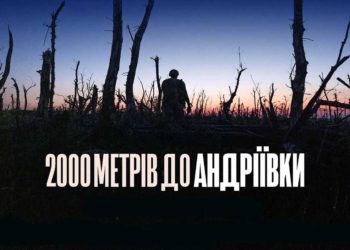
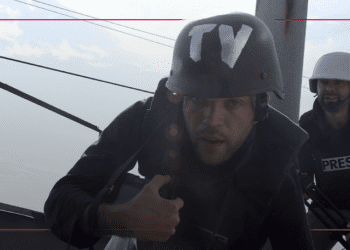
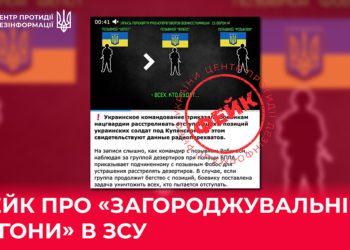
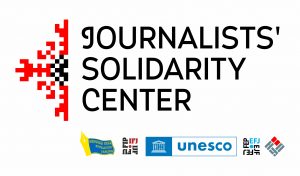







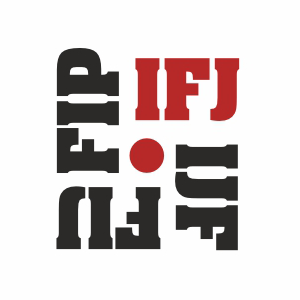
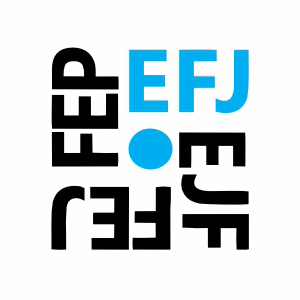


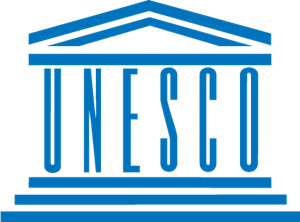
Discussion about this post